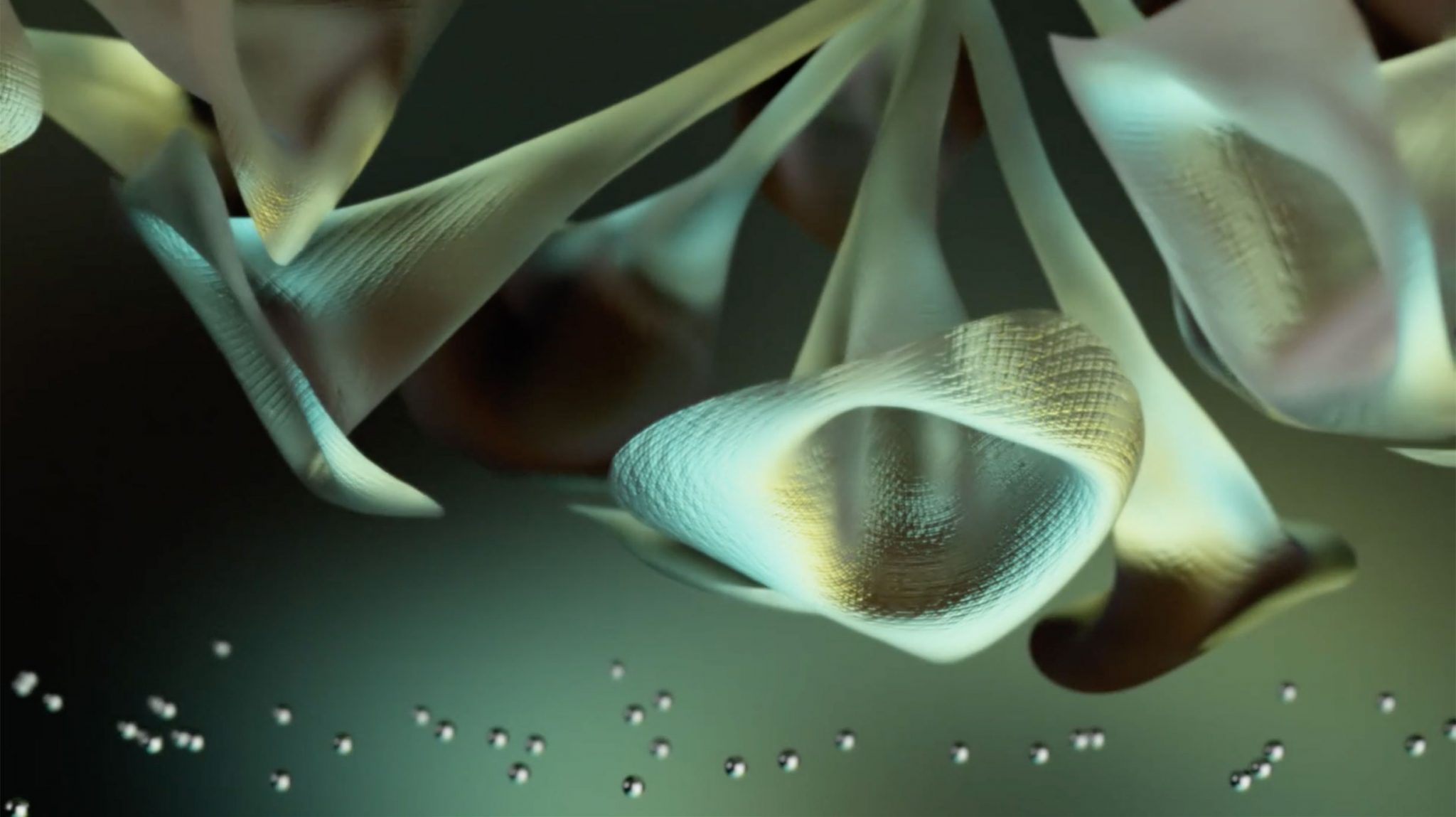The artist’s search for a mythic plant, in her video The Flavor Genome
The observant among you may have noticed that some of these works of the week are not exactly ‘works’ at all, they’re collections of images, sometimes with captions. They’re videos that document a work without being a work in and of themselves. And that’s not even to speak of where the lockdown interpretation of a ‘week’ is drifting. Still, you get the drift. You have to, right?
47 Canal’s presentation of Anika Yi’s The Flavor Genome, a video from 2016 (in a 2D presentation ‘optimized for home viewing’ – although for those of us who didn’t see the presentations of the work as part of Yi’s 2016 exhibition Jungle Stripe at the Fridericianum in Kassel or as part of the 2017 Whitney Biennial, this might be something of a moot point), is available online ‘for a limited time’. Just like an exhibition used to be IRL. Except this is a static webpage.
The video itself revolves around an Apocalypse Now-type expedition up or down an Amazon-like river in search of a mythical plant – one straddling the realms of botany and zoology – that blooms every 107 years. A bit like the Agave ocahui, which used to be called the ‘century plant’ because people thought it bloomed once every 100 years, but now turns out not to be a century plant at all, blooming once every 25–30 years of growth. Along the way we stumble past networks of mycelium, the interconnectedness of species, traces of dualism, dead bodies and the nature of smell as a potential transmitter of memory and experience – the potential experience of flavour personas, which might allow us to enter the other. “We can create flavours that mimic the taste and smell of virtually anything,” the narrator says near the beginning. Except the flavour of an exhibition display.
What we have instead is a collection of photographs (of the installation at the Fridericianum) and notes from Yi’s ongoing research. Old-school in that you have to copy the keywords off the page and into a search engine. I’m going to pretend that that’s what counts for interaction here. But posted in such a way that it is one of the things that the American artist’s work is about. There’s a quotation from Margrit Shildrick about viruses passing through bodies, both physical and conceptual (bodies of knowledge); there are reflections on operating a scattered networked studio; on the blurriness between natural and synthetic ecologies; on the impact of human activity on animal lifestyles; on the interrelationship between human and viral evolution; distributed intelligence; and, of course, the loss of smell as a possible symptom of the virus that stalks us all now. There are no smells on the internet either. Just videos or images of people reacting to them. ‘No smells or tastes can produce a grand sensation,’ the philosopher Edmund Burke wrote as the Age of Enlightenment kicked into gear; Yi points us to a later aesthetician, Immanuel Kant, who similarly dismissed it from his aesthetic hierarchy for being too easily corrupted by bodily appetites to be useful in any ‘scientific’ manner. Yi’s work in general has been about proving the dead men wrong. And to a degree, the presentation here, in the context of all Yi’s references, is interactive. It’s an invitation to Google. To get lost in a river of references in the midst of lockdown. The medium is the message. While Burke and Kant revolve in their graves, Marshall McLuhan would be proud.
Anicka Yi, The Flavor Genome (and other notes), 29 April – 29 May 2020
